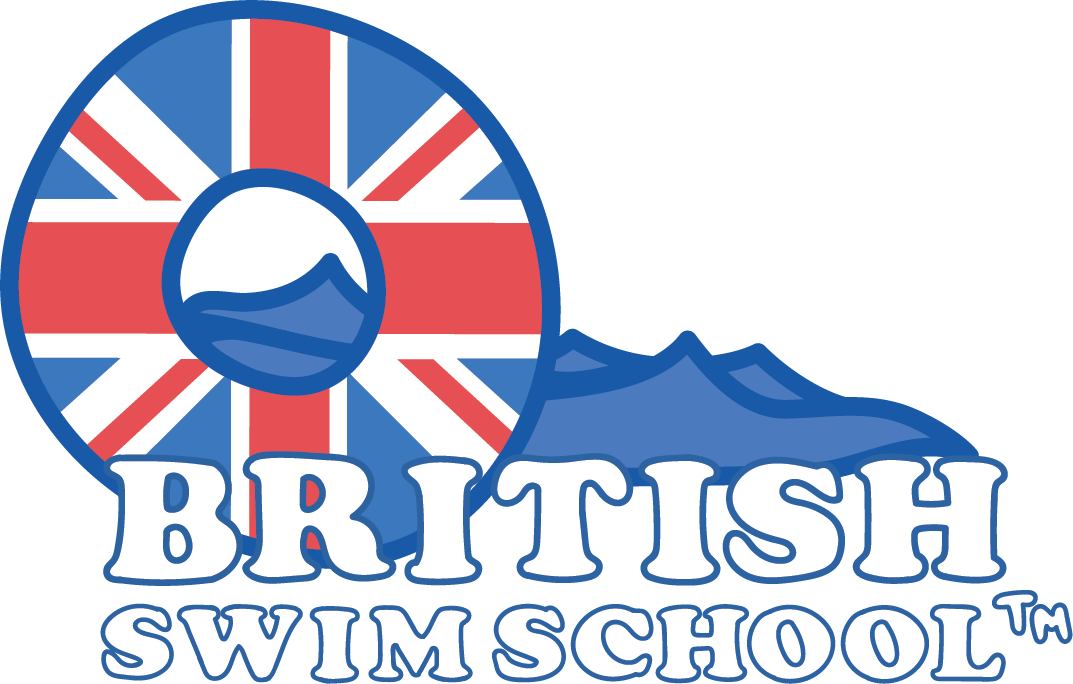- Designate a “water watcher.”
- Learn and practice lifesaving skills. Know the basics of swimming (floating, moving through water), CPR and First Aid.
- Ensure your phone is fully charged, turned on and available.
- Install a four-sided isolation fence with self-closing and self-latching gates around backyard swimming pools.
- Install a pool alarm.
- Always check the pool first. (CDC)
- Never leave water in buckets, wading pools or inflatable pools.
- Swim lessons should not be seen as “drown proofing.” (AAP)
- Avoid inflatable swimming aids—they are not a substitute for approved life vests and often give children and parents a false sense of security. (AAP)
- Know the signs of drowning for yourself and others. If you are exhibiting signs of drowning, STOP and FLOAT.
In addition to these tips, read these water safety mistakes that even the most careful parents make. We borrowed from four-time Olympian Gold Medalist Janet Evans, a mother of two kids who has plenty of hands-on experience keeping kids safe in the water as well as valuable insight into common pool mistakes.
1. “My child is too young to learn to swim.” – Statistics compiled by the USA Swimming Foundation prove that when you put your child in formal swimming lessons, it reduces their risk of drowning by 88 percent.
2. “The lifeguard will watch them.” – Drownings at pool parties are swift and silent, and usually take place with adults standing only feet away from the pool. Put the cell phone away, forget about all the other things you have to do and give young children 100 percent of your attention when they are near or around water. Assign “Water Watcher Cards” that designate an adult as the Water Watcher for a certain amount of time (i.e. a 15-minute period) to prevent lapses in supervision.
3. “My child is water safe.” – Janet Evans says, “No child is ever water safe. I am an Olympic champion, and I am not water safe! I could trip on the pool deck, hit my head and fall in. As a USA Swimming Foundation Ambassador, I stress the importance of keeping children ‘safe’ in and around the water, giving us one less thing to worry about.” Always ask, “Is there risk involved? How can I reduce the risk for my children?” As a family, learn to identify the risks associated with activities in, on, or around water.
4. “I can solely rely on water wings to teach my kids to swim.” – Parents think that water wings help their kids learn how to swim, but most water safety advocates do not recommend them because they give children a false sense of security. When a child accidentally falls in a pool it is generally without water wings. They need to know how to swim without them. Swimming aids such as water wings or noodles are fun toys for kids, but they should never be used in place of a U.S. Coast Guard-approved personal flotation device (PFD). Never use flotation devices as a substitute for supervision. These toys do not prevent drowning, nor are they a life-saving device.
5. “My pool is safe.” – Drain Entrapments: Parents should make sure that their pool’s drain and pump systems are compliant with current state and federal regulations (find information at PoolSafely.gov). Long hair should always be secured when swimming so that it does not become trapped in a faulty drain. Don’t be shy about asking your local public pool if their drains and pump systems are compliant. You also want to keep the deck free of toys and other objects, so no child can trip and fall into the pool. It’s important to teach your kids proper pool and spa behavior, and to make sure that they are aware of the safety rules. Inflatable pools can be as dangerous as a regular pool; empty and turn over or deflate when not in use.
6. “I can leave the pool for a few minutes to answer the phone or grab something from the house.” – Once again, no child is ever pool-safe or water-safe. Drowning is silent and can take less than a minute. Never take your eyes off of your child while they are in a body of water for any reason. Never leave a baby in the tub even for a second. Children drown in bath seats and rings quickly and silently. Siblings cannot properly supervise a young child in this situation. If a child cannot swim, stay within arm’s reach of the child. Even in a portable pool.
7. “I don’t need a gate around my pool.” – Children can slip out of homes and into a pool unnoticed—even children with swimming abilities could run into trouble. Home pools (along with hot tubs and Jacuzzis) should have a self-locking gate around them if children are present in and around the home at any time.
Pool owners should: install four-sided isolation fencing; use pool alarms; cover and lock hot tubs when not in use; and treat portable pools with the same caution.
8. “If I can’t find my child, I should search the house before checking the pool.” – If your home has a pool, it should be the very first place you look. Once again, drowning is swift and silent. Know which of your child’s friends and neighbors have pools. Make sure your child will be supervised by an adult while visiting.
9. “I’ll know what to do if my child needs help.” – Every adult should know CPR and the actions to take if they find a child unconscious in a pool. You can never be too prepared. CPR administered in a timely manner can prevent brain damage and be the difference between life and death. Parents have a million things to do but getting CPR certified should be on the top of the list. It will give you tremendous peace of mind – and the more peace of mind you have as a parent, the better. The American Red Cross, local hospitals, fire departments and recreation departments offer CPR training. Keep rescue equipment and a first aid kit poolside. Know how to use the rescue equipment. Have an emergency action plan for your family and have a phone with emergency numbers programed into speed dial.
Swimming Skills at a Young Age Are Most Important. Children are safer when they master swimming skills at an early age. Qualified instructors in numerous public and private community swimming programs around the country can provide ongoing development of swimming skills while teaching proper behavior in and around the water.
At British Swim School we believe teaching kids to swim should be a year-round process with clear progression goals, not an activity.
The British Swim School – East Valley offers free water-safety presentations to all local community schools, preschools and day care centers from our Gilbert/Chandler location.
To enroll in swimming lessons for kids in the Chandler area, call British Swim School East Valley today at (480) 725-9292. Our swim lessons are available to kids in Gilbert, Chandler, Mesa, Queen Creak San Tan Valley and the surrounding areas.





